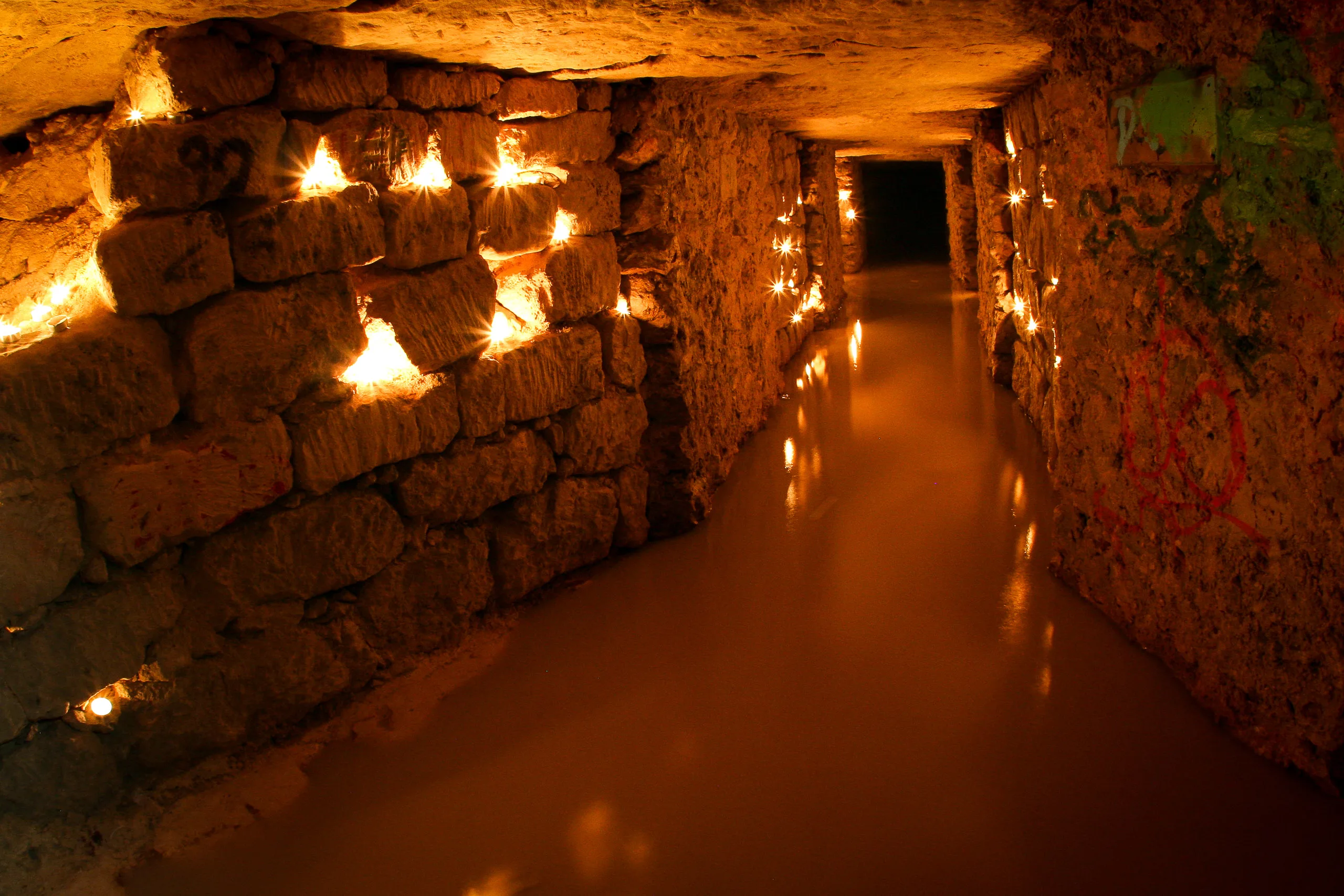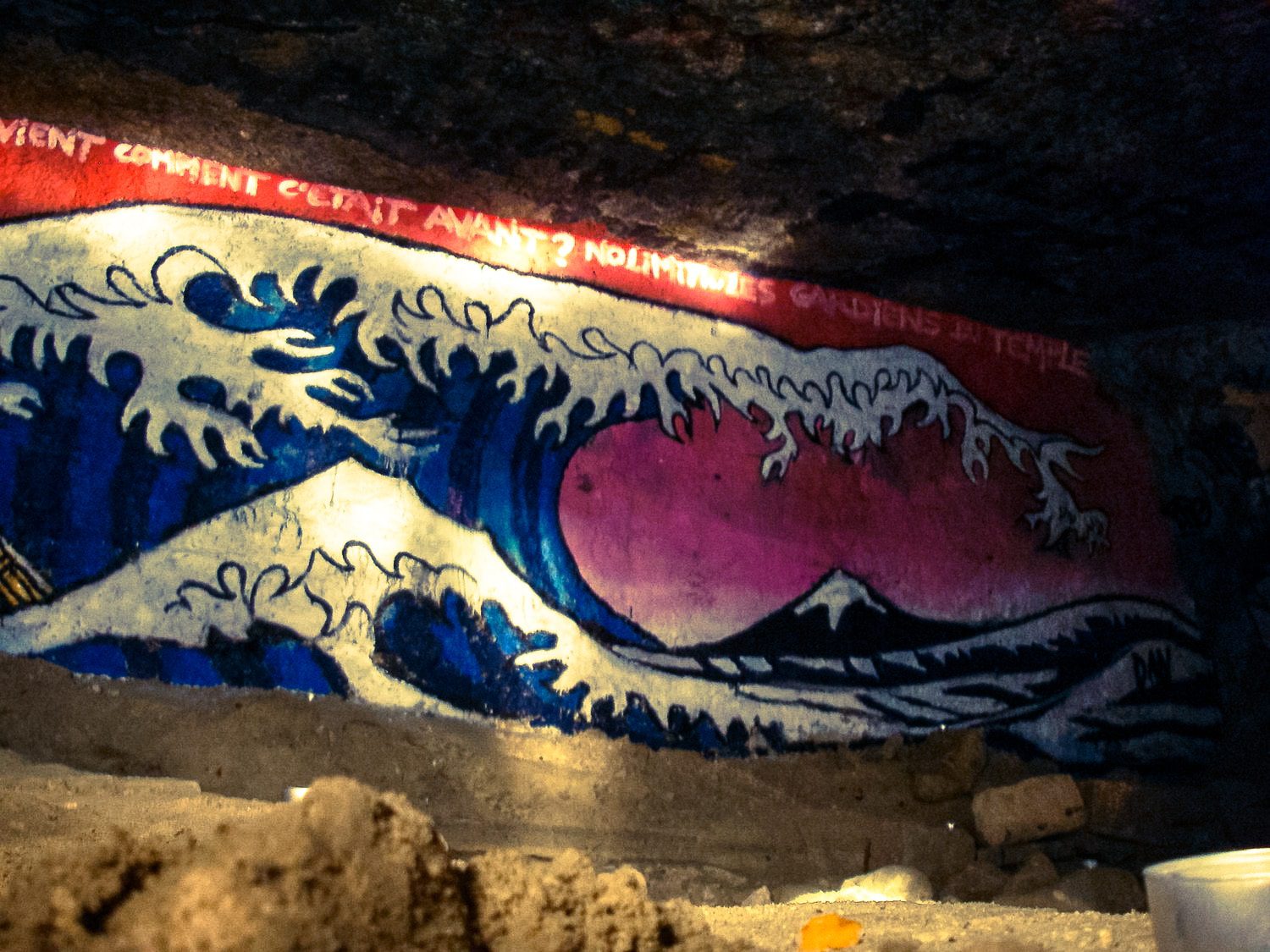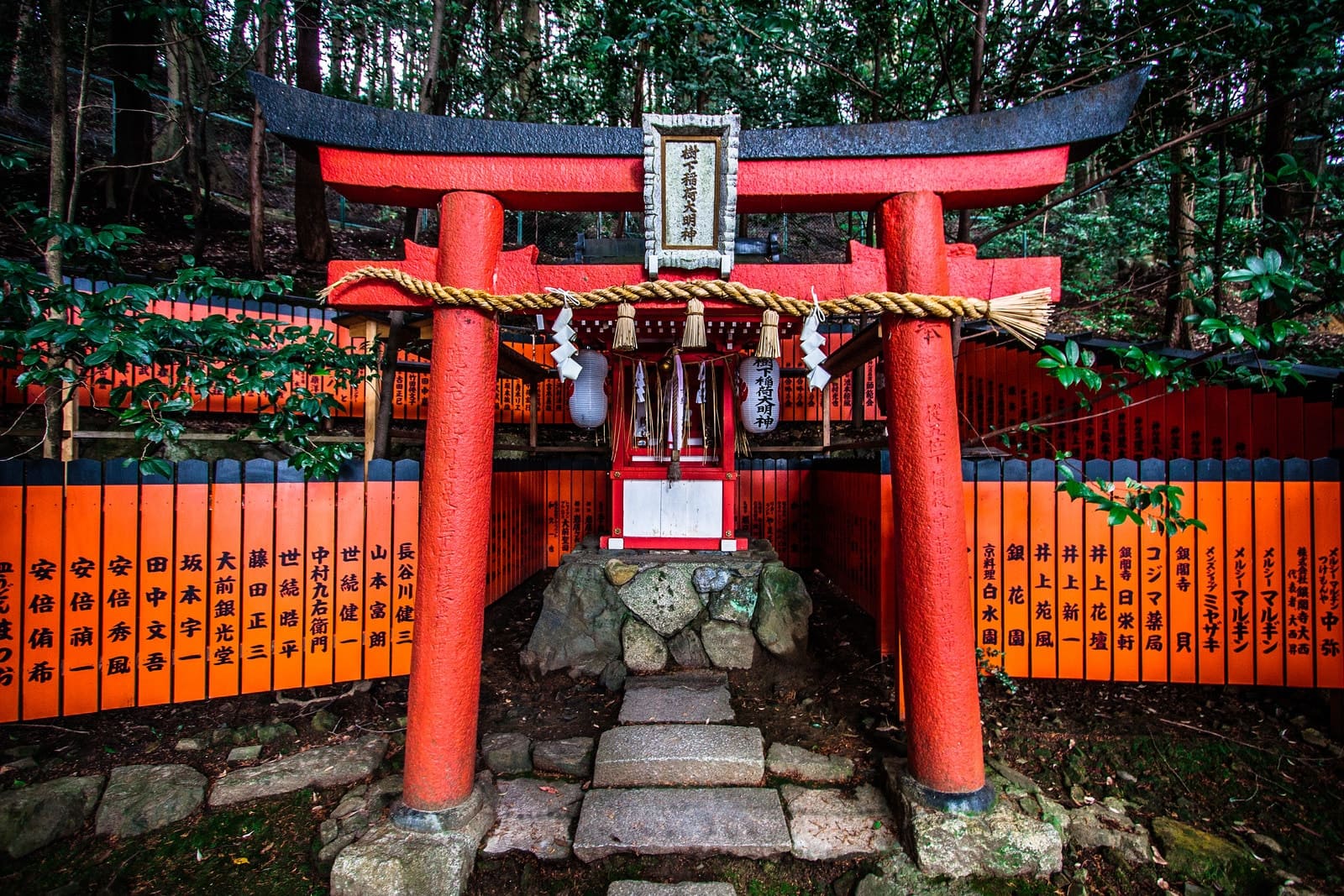We continue our trip and after a long train ride, we reach Huế, the Imperial City. It was the former capital of Vietnam up until 1887. There is a huge imperial complex in the center which unfortunately was pretty badly hit in 1968 during the war (out of 160 major historical buildings, only 10 remained after the battle). After being selected as a UNESCO World heritage site in 1993, work has begun to do major restoration.
The first site that we went to visit is the Thien Mu Pagoda, the template of the Celestial Lady. It is a symbol of the city and very interesting to see.




Buddhist monks now live in the complex. It is worth to note that the car of Quảng Đức, a buddhist monk which very famously committed self-immolation is parked now in this temple.


Our visit continues with the Tomb of Khải Định, the 12th emperor of the Nguyễn Dynasty, built between 1920 and 1931. It’s a very interesting blend of West and Eastern influence.







Finally, a visit of the Tomb ofTự Đức. Built between 1864 and 1867.














After a morning of visits, we decide to explore the Dong Ba Market and eat a delicious bowl of Bún bò Huế. The flavors are incredible as it is a mix of spicy, sour, salty and sweet with taste of lemon grass.

After lunch, we take a stroll around the market.




Afterwards, we decide to go visit the Imperial City, which is absolutely huge in size as it is a square of 2km by 2km.






This was the Imperial Theatre.












No visit would be complete without a nice meal afterwards. Hue is famous for its “imperial” food and we had a fantastic dinner at The Hanh, which was just a little family style place, no frills but which ended up being one of the best meals of the trip.






The next day, eating (again!) a sandwich from the street. We didn’t get sick a single time.

This ends our visit of Hue. Our next destination is Hội An, but along the way we stop near Da Nang for a quick visit of the Marble Mountains…


